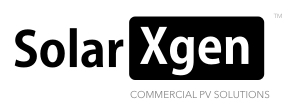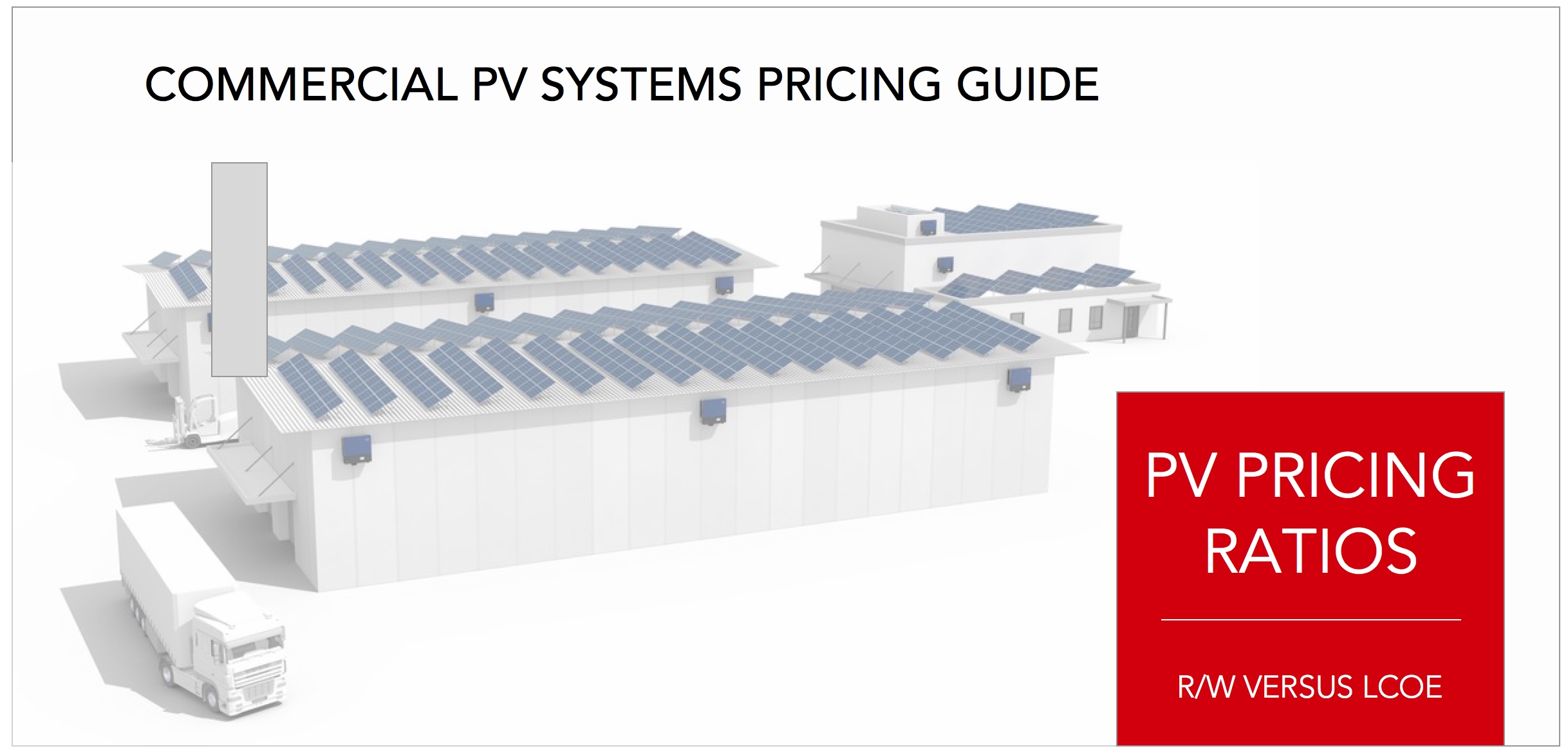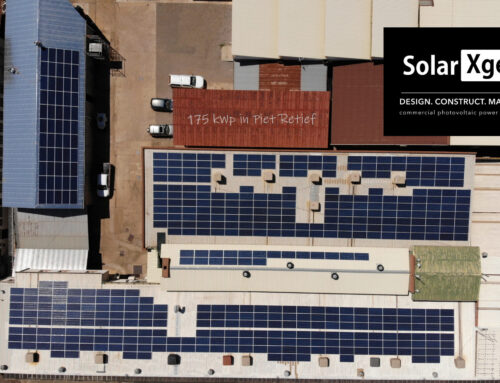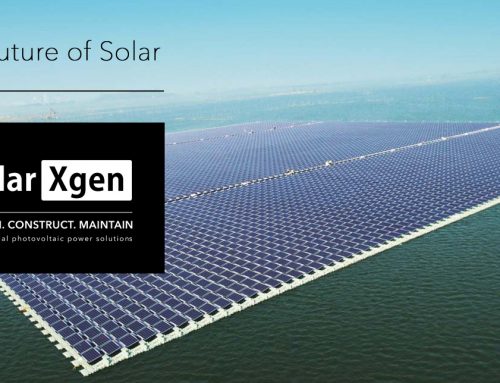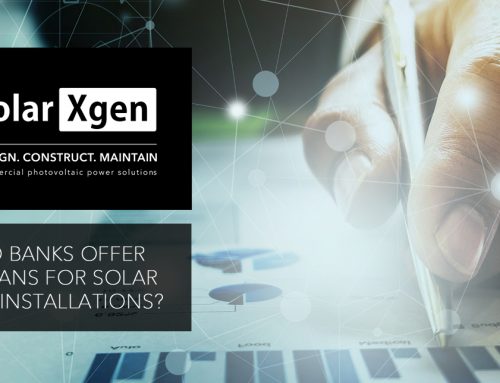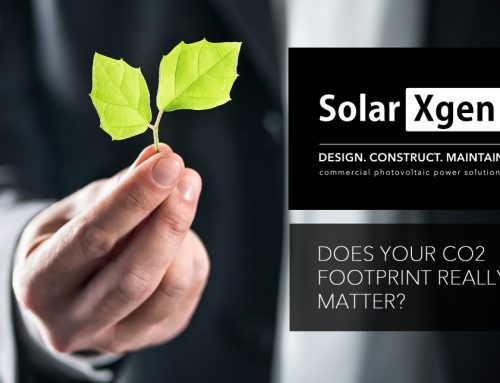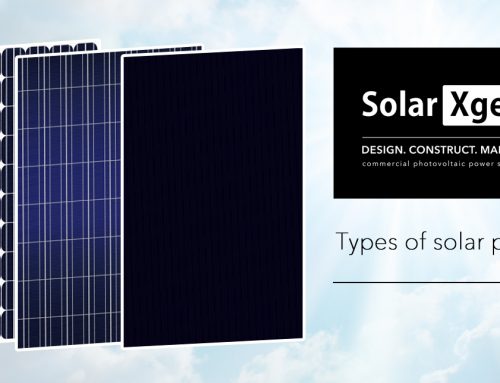Commercial PV Solar pricing – Key ratios to look for in your PV proposal
We all know the saying “penny-wise, pound-foolish”, does it in any way apply to the commercial PV Solar Sector? It certainly does – we find out more, from Wayne de Jager – Commercial Director at SolarXgen “Africa”.
Priced to Sell or Perform?
Whilst chasing the best “bang for your buck” is a traditional ideology attributed with moderate success, committing such to the lowest commercial PV offer may not be as sound.
The following 2 Key factors portray, in summary, what and why to look out for them:-
- Rand per kiloWatt Hour of energy produced at Grid connection
- Guaranteed LCOE – the Levelized Cost of Energy (Guaranteed)
Rand per Watt versus Rand per kiloWatt Hour?
The simplest method for pricing a PV Solar system is basing the turnkey price on a “Rand per Watt or Kilowatt” R/W figure. This terminology is communicated frequently in the manufacturing and wholesale circles within the industry. Unfortunately, this term has been passed down onto final commercial buyers “end users” often praised by EPC companies as the ultimate ratio to look out for.
Whilst a R/W ratio works on paper it falls far short from being the “holy grail” of ratio’s for a commercial end-user. Here’s Why.
The Rand per Watt ratio is a “trading concept” wherein buyers and sellers, whom understand all the technical intricacies about that specific product, conclude stock trades. They understand the shortcomings , if any, of a particular product, the expected lifespan, the guarantee terms etc…
To simply pass an EPC price onto a buyer, based on the R/W ratio, would be like offering a client 2 same sized cars without any info on consumption, performance , guarantees.
Rand per kiloWatt hour (R/kWh) on the other hand is a ratio which speaks far more value to an end user. A watt is a unit of power (which may produce immensely different results based on hardware variance.) A kiloWatt hour is a unit of energy – wherein actual “performance” of the power is measured over an hour.
A laymens analogy using cars “as above” could be, if the buying end-user is presented with 2 differing cars that look pretty much the same , and for example sake are both 2000cc motor vehicles. One costs R300000 and the other R400000 making them R150/cc and R200/cc respectively. Is the R300k car a better purchase? Surely , if one expects to drive it for 20+ years , we would have wanted to know that the 400k car pushes out 130kW versus 100kW of the R300k car, and the R400k car consumes 8l/100km’s vs the R300k cars 12l/100km. And finally the R300k car has no motorplan but only a 5 year maintenance warranty versus the R400k car’s 10 year motorplan….. Quite clearly , the R400k car is by far a better purchase.
LCOE (Guaranteed) dispels all uncertainty in comparisons
The levelised cost of energy is quite simply the cost of the PV solar system divided by the guaranteed sumtotal of annual energy (kWh) that the system will produce over its lifespan. A guaranteed LCOE is without doubt the “holy-grail” of ratios. The EPC would typically produce “financially guaranteed” production forecasts (a quick differentiator from “fly-by-night” or non energy based businesses whom, in most instances would not know what the system will produce let alone guarantee such). As risk is now transferred from the client to the EPC, one can generally assume a level of increased confidence in dealing with a credible company whom, without doubt would have experience and financial backing in an industry where long-term guarantees require extreme buyer confidence.
Guiding RFQ’s
SolarXgen’s service offering includes the guidance for end client in approaching the pertinent factors in awarding EPC contracts. Pricing on a commercial PV system is only but a part of the overall value proposition. Get in touch should your business require guidance.

